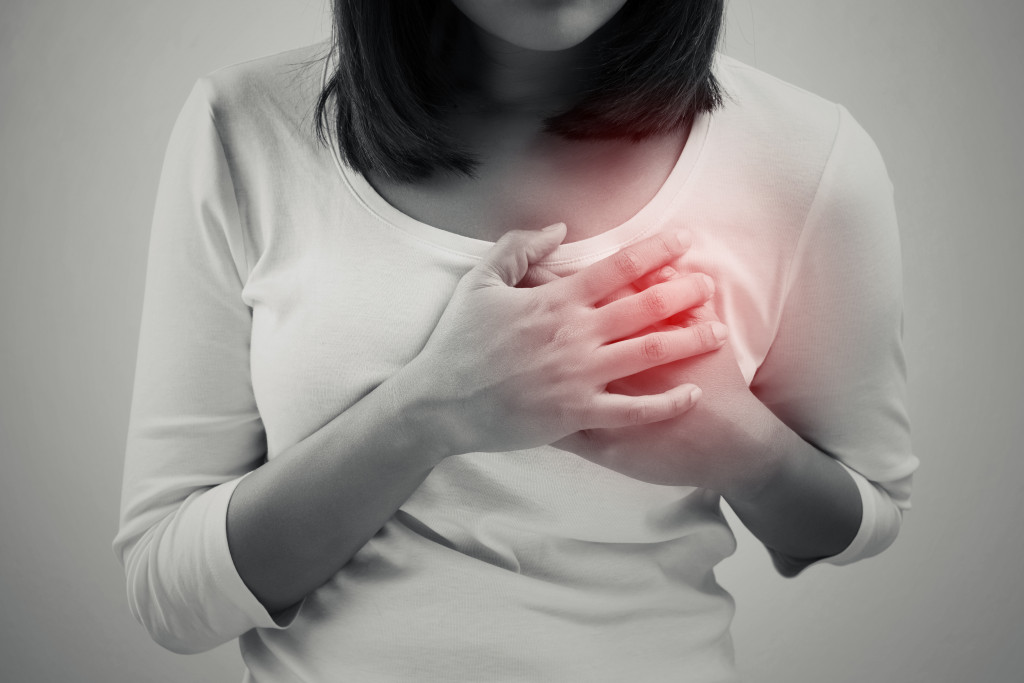There are a number of major diseases that can affect people, and each has its own causes and treatments. In this article, we’ll take a look at some of the most common major diseases and their causes and treatments.

Cancer
One of the most common major diseases is cancer. Cancer is the abnormal growth of cells in the body.
The causes of cancer can vary from person to person. However, some common lifestyle choices that can increase cancer risk include smoking, drinking alcohol, and being overweight or obese. Environmental exposure to things like asbestos, diesel exhaust, and ultraviolet radiation from the sun can also increase cancer risk. Finally, genetics can play a role in cancer risk, as some people are simply more likely to develop cancer due to their genes.
Treatment for cancer can vary depending on the type and stage of cancer. Treatment options include surgery, radiation therapy, chemotherapy, and targeted therapy. In some cases, a combination of treatments may be used.
Heart Disease
Heart disease is another common major disease. Heart disease is a broad term that refers to a number of conditions that can affect the heart. These conditions can include coronary artery disease, heart failure, and arrhythmias.
Risk factors for heart disease include high blood pressure, high cholesterol, obesity, smoking, and diabetes. There are a variety of treatments available for heart disease, including medications, surgery, and lifestyle changes.
Diabetes
Diabetes is another common major disease. Diabetes is a condition in which the body does not produce enough insulin or cannot use insulin properly
Risk factors for diabetes include obesity, family history, and age. Treatment for diabetes includes medications, insulin therapy, and lifestyle changes.
Alzheimer’s Disease
Alzheimer’s disease is caused by the build-up of plaques in the brain. These plaques are made up of a protein called amyloid-beta. Alzheimer’s disease is the most common form of dementia. Dementia is a condition in which a person has impaired thinking skills and memory.
There is currently no cure for Alzheimer’s disease. However, treatments are available to help manage symptoms and improve quality of life. These treatments include medications, lifestyle changes, and support services.
Kidney Disease
Kidney disease is damage to the kidneys. This damage can be caused by a variety of things, including high blood pressure, diabetes, and autoimmune diseases.
There is no cure for kidney disease. However, treatments are available to help manage symptoms and slow the progression of the disease. These treatments include medications, dialysis, and transplant.
Liver disease
Liver disease is damage to the liver. This damage can be caused by a variety of things, including hepatitis, alcohol abuse, and fatty liver disease.
There is no cure for liver disease. However, treatments are available to help manage symptoms and slow the progression of the disease. These treatments include medications, transplants, and lifestyle changes.
Diabetes
Diabetes is caused by the body’s inability to properly regulate blood sugar levels, and it can be treated with medication, diet, and exercise. Risk factors for diabetes include being overweight or obese, having a family history of the disease, and being over the age of 45.
Treatment for diabetes includes taking insulin, making lifestyle changes such as eating a healthy diet and exercising and monitoring blood sugar levels.
High Blood Pressure
High blood pressure, or hypertension, is caused by the force of blood against the artery walls. It is a common condition that can lead to heart disease, stroke, and kidney failure.
Risk factors for hypertension include being overweight or obese, having a family history of hypertension, and being over the age of 45. Treatment for hypertension usually includes medications such as diuretics, ACE inhibitors, and angiotensin receptor blockers. In some cases, surgery or lifestyle changes may also be necessary.
Stroke
A stroke is caused by a blockage of blood flow to the brain. This can be caused by a clot or bleeding in the brain. Stroke is a medical emergency, and it can lead to death or disability.
Risk factors for stroke include hypertension, diabetes, smoking, and family history. Treatment for stroke usually includes medication, surgery, and lifestyle changes.
Osteoporosis
Osteoporosis is a condition in which the bones become weak and brittle. It is a common condition, especially in older women.
Risk factors for osteoporosis include being female, having a family history of osteoporosis, and being over the age of 50. Treatment for osteoporosis usually includes medications such as bisphosphonates, calcium, and vitamin D. In some cases, surgery may also be necessary.
These are just a few of the many major diseases that can affect people. Each one has its own causes and treatments. It’s important to be aware of the risks associated with these diseases. If you think you may have one of these diseases, or if you have any symptoms that concern you, be sure to see your doctor for a diagnosis and treatment plan.

